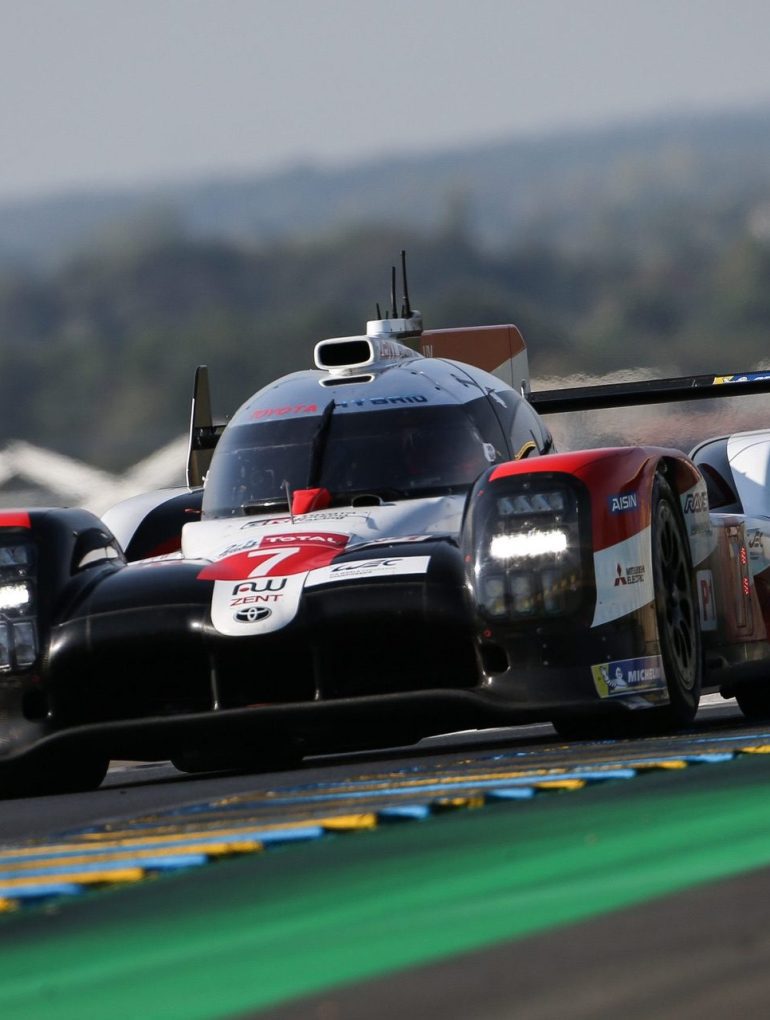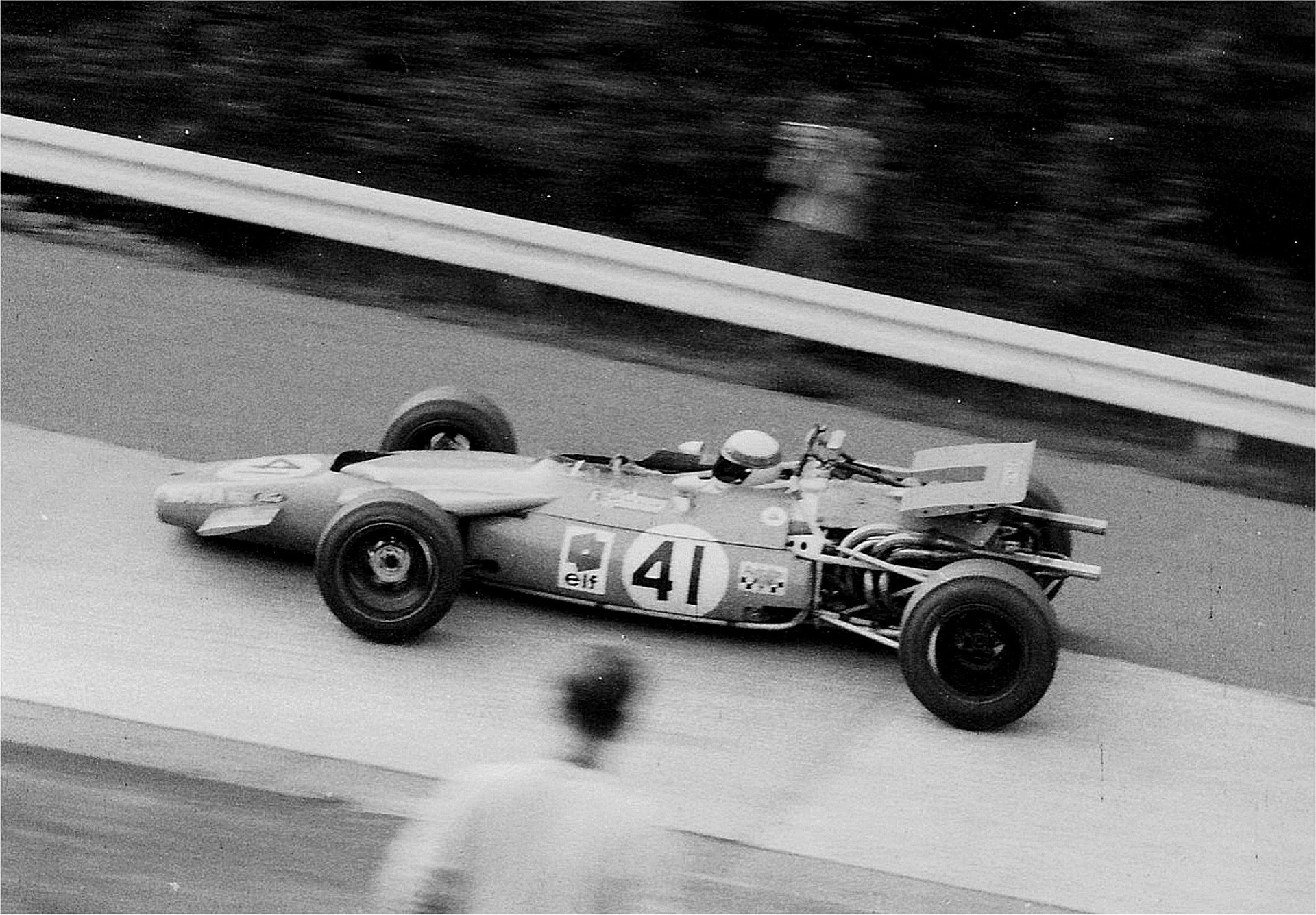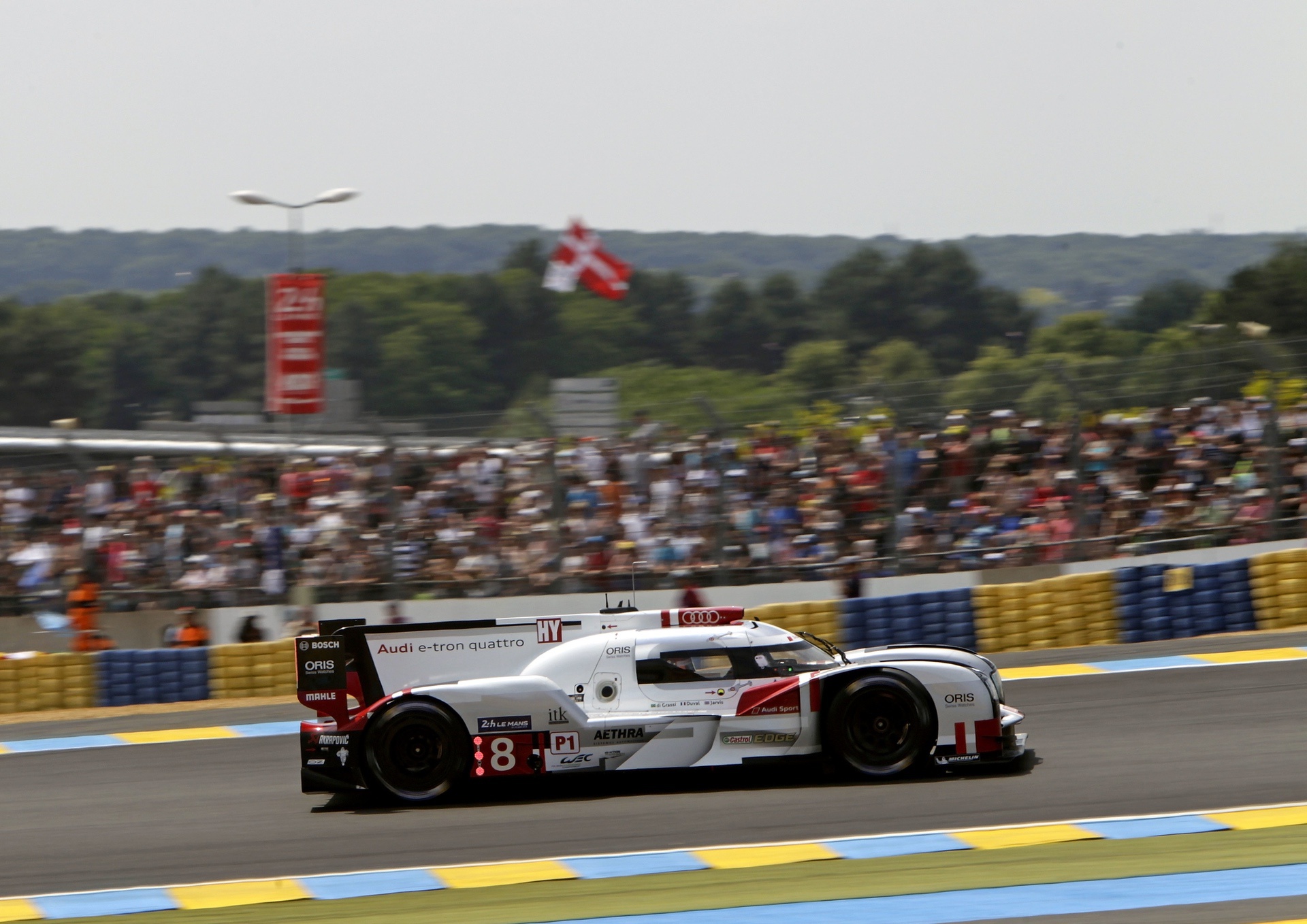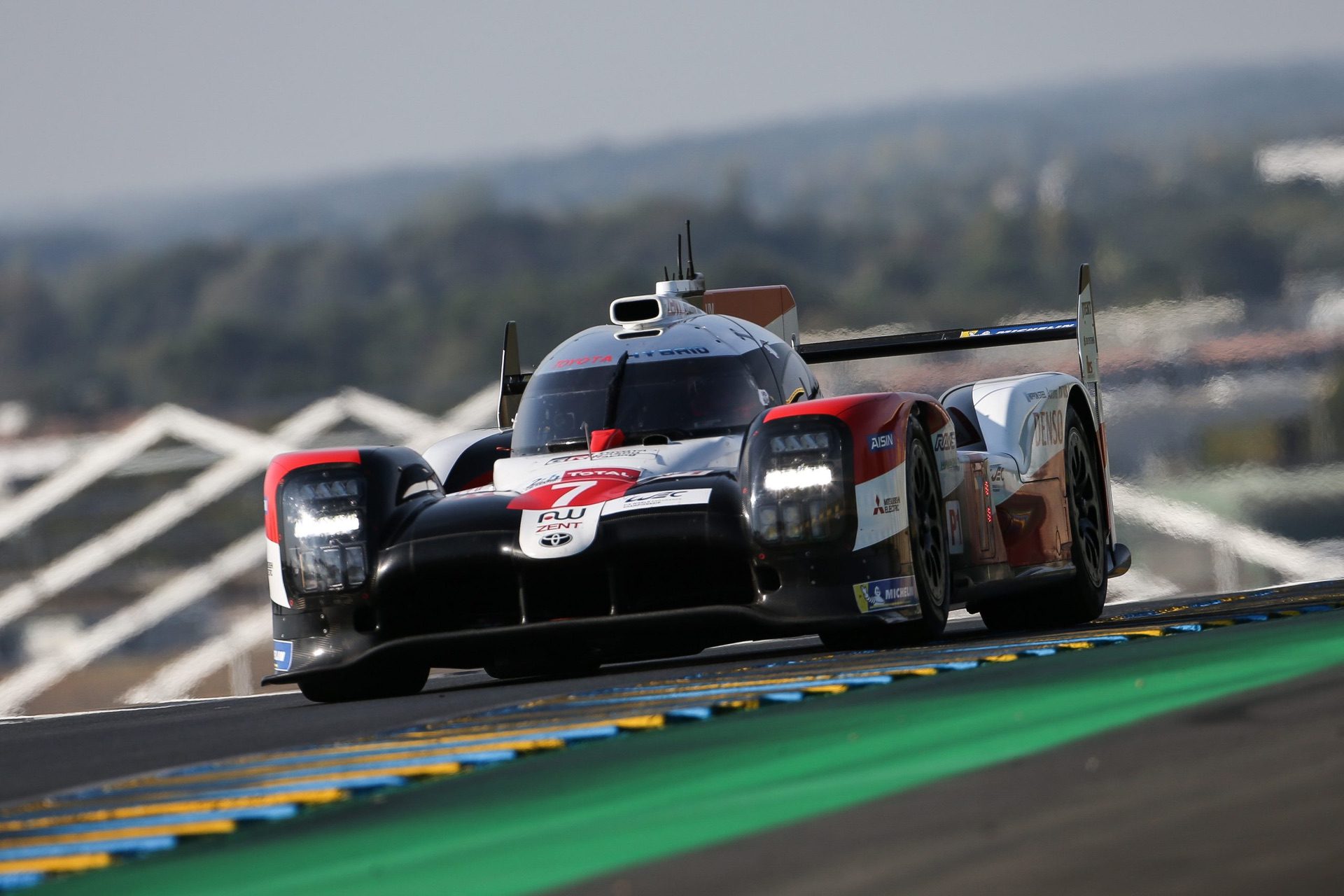We tend to look at all-wheel drive as one of more recent automotive inventions, but its roots could be traced way back to the dawn of motorsports years and the 1903 Spyker 60-HP four-wheel drive racing car. But this drivetrain found its ground in rallying, courtesy of the ice breaking Group B Audi Quattro and Lancia Delta that followed.
In between Spyker and Audi, a number of engineers and companies have experimented in the earlier eras of motorsport, trying to make cars faster around the tracks. But as many have found out, this system didn’t always give contenders the edge. Later on, all-wheel drive was heavily regulated and more or less unanimously dismissed, but some cars in recent years used power on both axles to their advantage.
Given that all-wheel drive cars were much more successful in rallying than in closed course racing, a number of cars on the list were chosen for interesting backstories, unique engineering solutions and cool effect rather than results in their respective competition formats. So, let’s go!
Non-Rally AWD Race Car #1: Porsche Cisitalia Typ 360
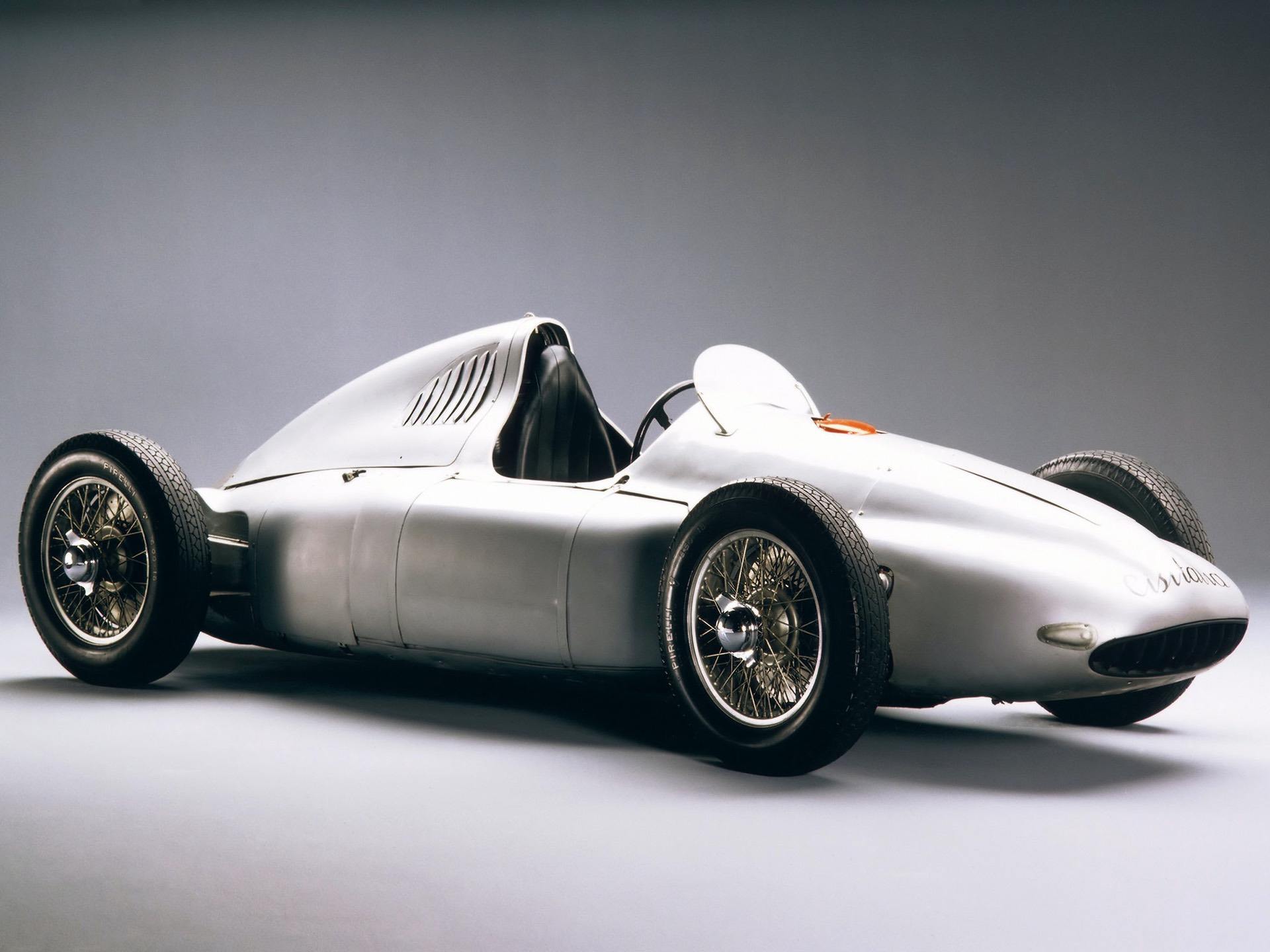
Cisitalia is a name highly respected for its immense impact on the modern sports car world, yet rarely known outside of enthusiast circles. The reason for that are financial troubles that stranded Piero Dusio’s quest to produce Italy’s finest automotive marque.
Anyway, if you think the 959 PSK was the first all-wheel drive system engineered by the Porsche family, you’d be wrong, because the Cisitalia Typ 360 open wheel racer came way earlier. By far the most advanced car of the post-WW2 Grand Prix revival era, this mid-engined open wheeler was designed by Ferdinand Porsche himself through 1946 and 1947.
The Typ 360 featured a supercharged 1.5-liter flat-12, a sequential manual gearbox and selectable all-wheel drive, allowing the driver to activate the system whenever they deemed necessary.
Sadly, the Typ 360 never got to race as it was faced with Dusio’s bankruptcy, but the lone example was fortunately preserved, and it now resides in the Porsche Museum.
Non-Rally AWD Race Car #2: Ferguson Climax P99
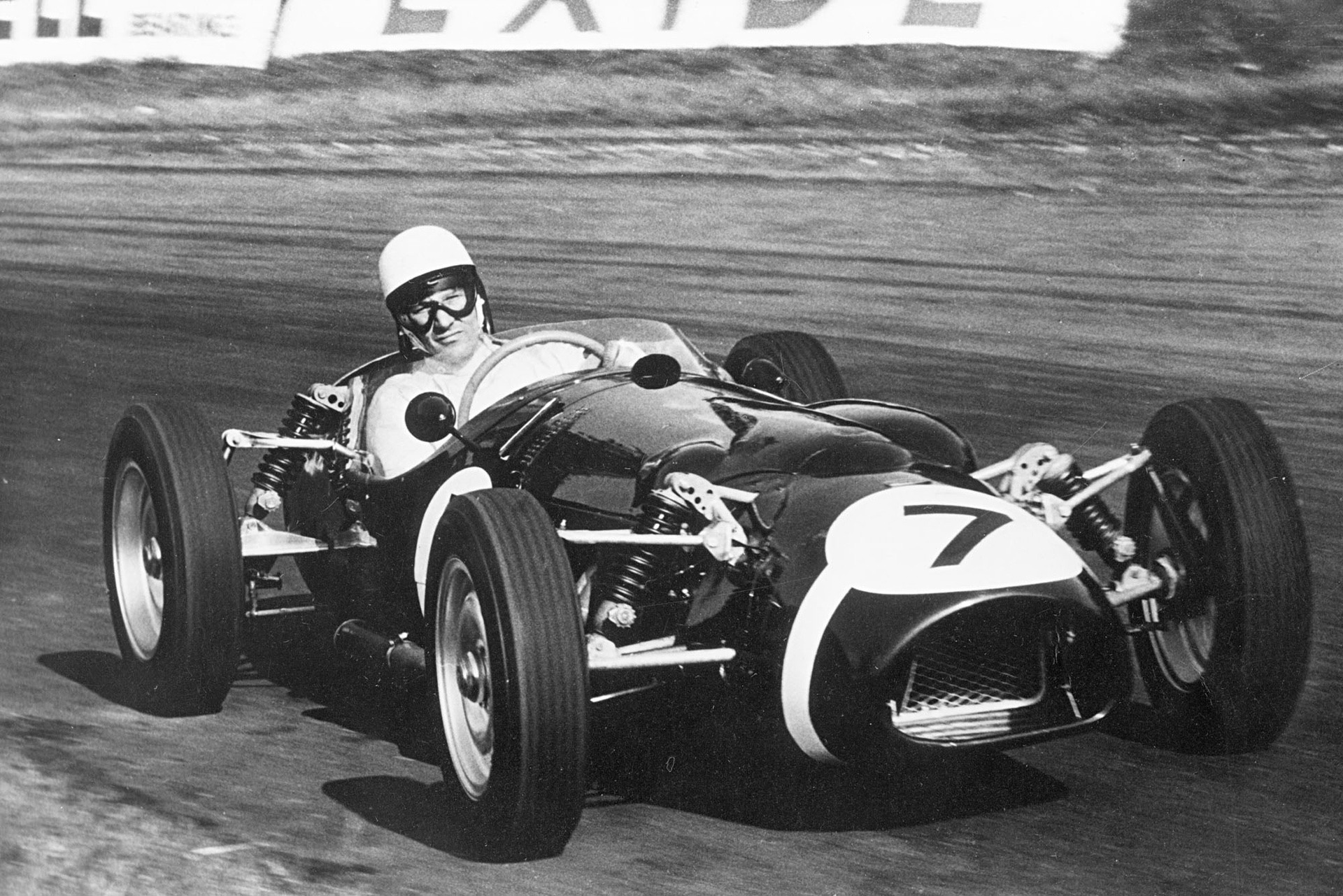
The early 1960s were a turning point for race cars as an increasing number of open wheelers turned to mid-engined layout, which proved to offer far better weight distribution, thus improving overall performance. Among those revolutionary cars, one front-engined Formula 1 car stood apart for going in the exact opposite direction.
The Ferguson Climax P99 was a car envisioned by racer Tony Rolt and through working with Claude Hill and Harry Ferguson, the P99 was born. Sadly, Ferguson didn’t see the car in action as he passed in 1960, but the work on the car was completed for the 1961 season.
The Ferguson Climax P99 had less than a stellar debut at the 1961 British Empire Trophy, crashing on lap 2 of its inaugural race, only to be disqualified from the 1961 British Grand Prix, the next event it appeared on. However, at the 1961 International Gold Cup event at Oulton Park, Sir Stirling Moss drove it to victory, the first for an all-wheel drive Formula 1 car and the last for a front-engined one.
Non-Rally AWD Race Car #3: STP-Paxton Turbocar
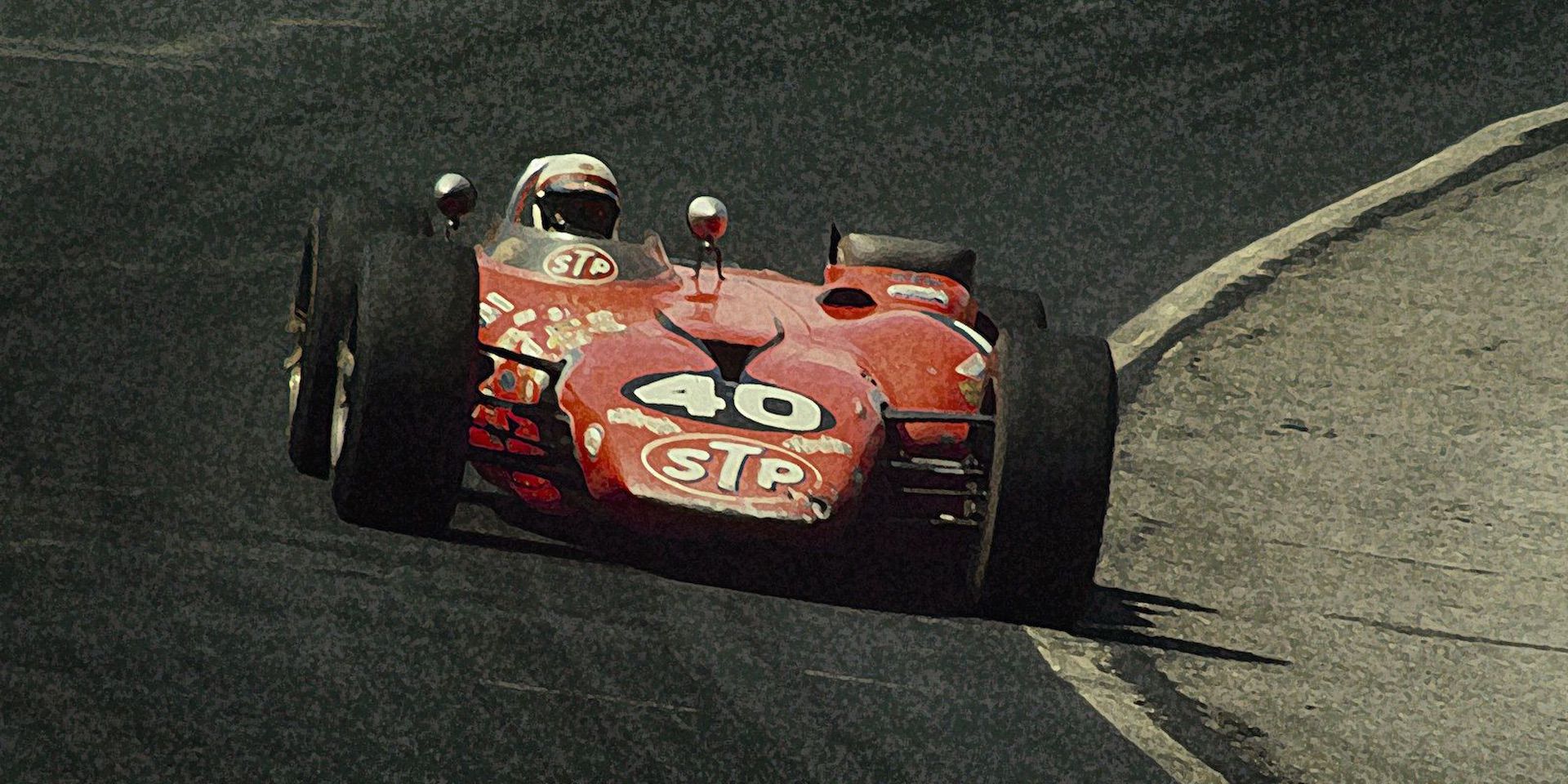
The late 1960s were an era of freedom and wild experiments even in the racing world, meaning turbine-powered cars were a thing for a few visionary constructors. Conceived by Ken Wellis and backed up by Andy Granatelli of STP fame, the STP-Paxton Turbocar, or Silent Sam as it was dubbed by the press, was one of the most advanced racing cars of its era.
Powered by a 500 horsepower ST6B-62 gas turbine engine with no clutch or gearbox and with Ferguson all-wheel drive, the Turbocar put on a show at the 1967 Indianapolis 500, where Parnelli Jones led throughout the race—until the transmission gave out with just eight miles to go. The car raced once more at the 1968 Indianapolis 500, but with no success as its driver Joe Leonard crashed it during practice.
A modified version of the same engine was used to power the Lotus Type 56 experimental Grand Prix car which also featured all-wheel drive. Colin Chapman first campaigned the car at the 1968 Indy 500. In Formula 1, the Type 56 had its best result at the 1971 Italian Grand Prix, where Emerson Fittipaldi piloted it to eighth place.
Non-Rally AWD Race Car #4: Matra MS84
Be it in civilian use or on the racetracks, Matra was well-known for unorthodox and experimental cars, so it’s no wonder it had a foray into all-wheel drive Formula One cars during the late sixties.
The Matra MS84, a predecessor to the 1970 Matra-Simca MS 120, was more related to Jackie Stewart’s 1969 championship-winning MS80, built on a steel tubular chassis rather than aluminum monocoque. The Cosworth V8 was mated to Ferguson all-wheel drive system and the front brakes were moved inboard as well.
Despite all the efforts, the MS84 didn’t prove successful, with Johnny Servoz-Gavin scoring sixth at the 1969 Canadian Grand Prix. It was, however, the best result for a rear-wheel drive car at that event.
Non-Rally AWD Race Car #5: Porsche 961
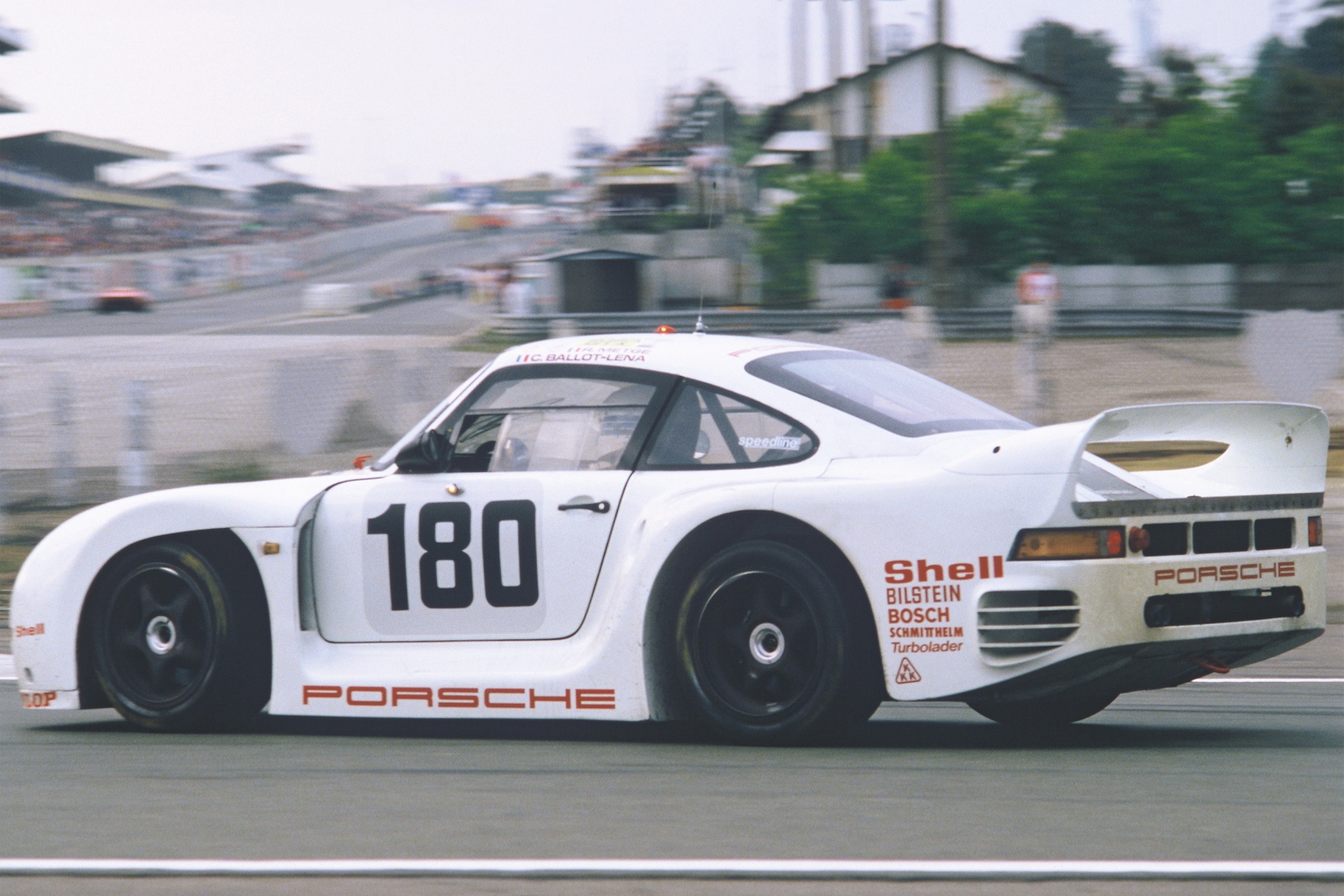
The highly advanced Porsche 959 proto-hypercar was designed to conform to FIA’s Group B regulations and as such it featured a highly advanced all-wheel drive system (PSK).
The Group B rulebook applied both to close circuit racing and rallying, so Porsche eventually outed the 959’s racing derivatives to two of the most famous events in each discipline. The rallied-up 959 won the 1986 Dakar Rally, while the Porsche 961 entered the 1986 24 Hours of Le Mans, finishing at respectable seventh overall.
The 961 had two more appearances, at the 1986 24 Hours of Daytona and 1987 24 Hours of Le Mans—where it eventually crashed and caught fire, prompting Porsche to cancel the project for the remainder of the season. Today, this car is on display at the Porsche Museum, finished in its iconic Rothmans livery.
Non-Rally AWD Race Car #6: Bugatti EB110 SS LM
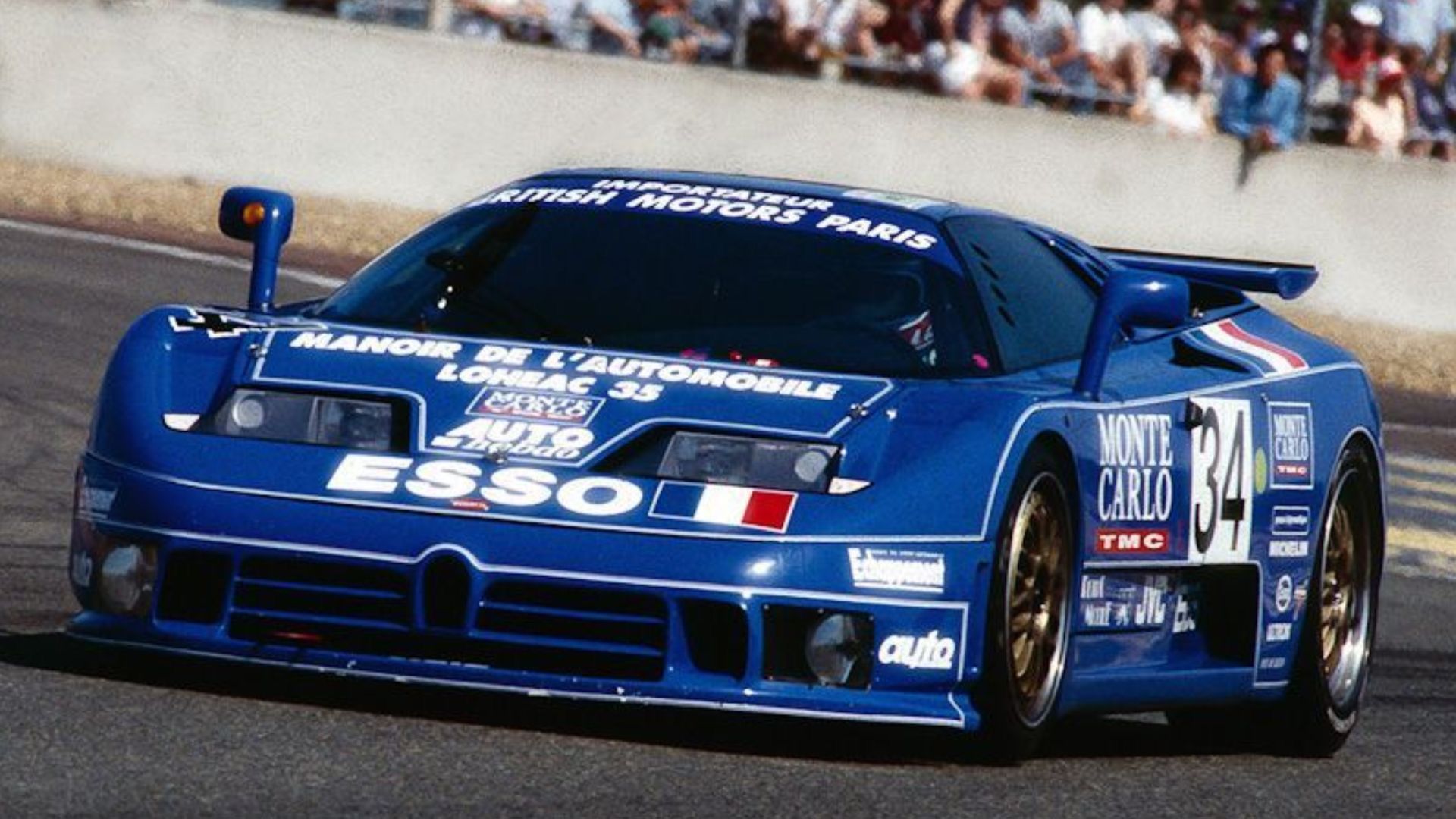
The Porsche 961 wasn’t the only four-wheel drive supercar to test its sophisticated mechanics on the world’s most famous endurance race, since the Bugatti EB110 SS famously entered the 1994 24 Hours of Le Mans. Competing in the GT1 category, it showed heroic pace, qualifying 5th in its class and 17th overall.
Team owner Michel Hommell and engineers from Campogalliano managed to shed more than 600 lb of weight in order to retain the EB110’s all-wheel drive system. Sadly, a number of mechanical troubles plagued this independent entry on the very race day, starting from the fuel tank leak in the opening stages of the race all the way to turbo failures.
Hommell’s dreams of returning Bugatti to its glorious days at Le Mans finally came crashing down in the closing hours of the race when a punctured tire caused the car to crash, rendering it unable to finish.
Non-Rally AWD Race Car #7: Audi 90 Quattro IMSA GTO
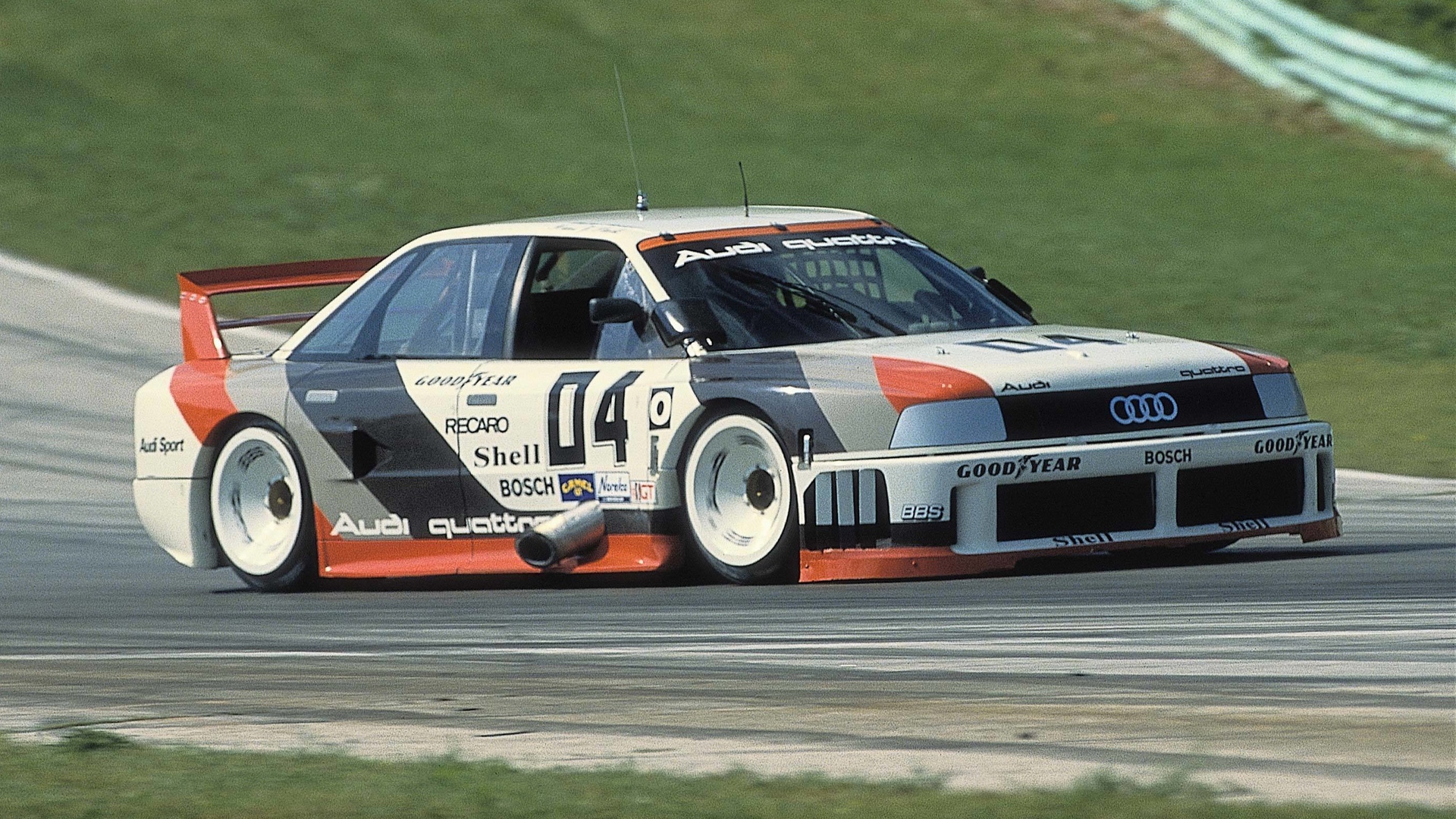
Audi so utterly dominated the 1988 Trans-Am series in a 2.2-liter compact sedan that the governing body banned it for the subsequent season, but how did that exactly happen? The secret (or not so much, given that the car had the word “quattro” inscribed literally all over it) was in the car’s all-wheel drive.
The 500-odd horsepower machinery was powered by a longitudinally mounted inline-five sending power to all four wheels via a center Torsen differential and limited slip differentials in the front and rear. Give that rally-dominating technology to world-class drivers Hurley Haywood, Hans-Joachim Stuck, and Walter Rohrl, and you’ll end up with 8 wins in 13 races.
Following the 1988 ban, the car moved to the IMSA series, where Audi’s engineers modified the base car even further into a carbon composite silhouette racer on a tubular frame with upwards of 700 German ponies. Missing the season-opening Sebring and Daytona due to the car still being in development, Audi finished the season in second place mainly thanks to Haywood and Stuck’s phenomenal driving.
The 1989 season was also the final one for the Audi 90 Quattro IMSA GTO, as Audi focused on the domestic DTM racing championship, giving America one of the sleekest, coolest and most capable import race cars of all time.
Non-Rally AWD Race Car #8: Alfa Romeo 155 Ti DTM
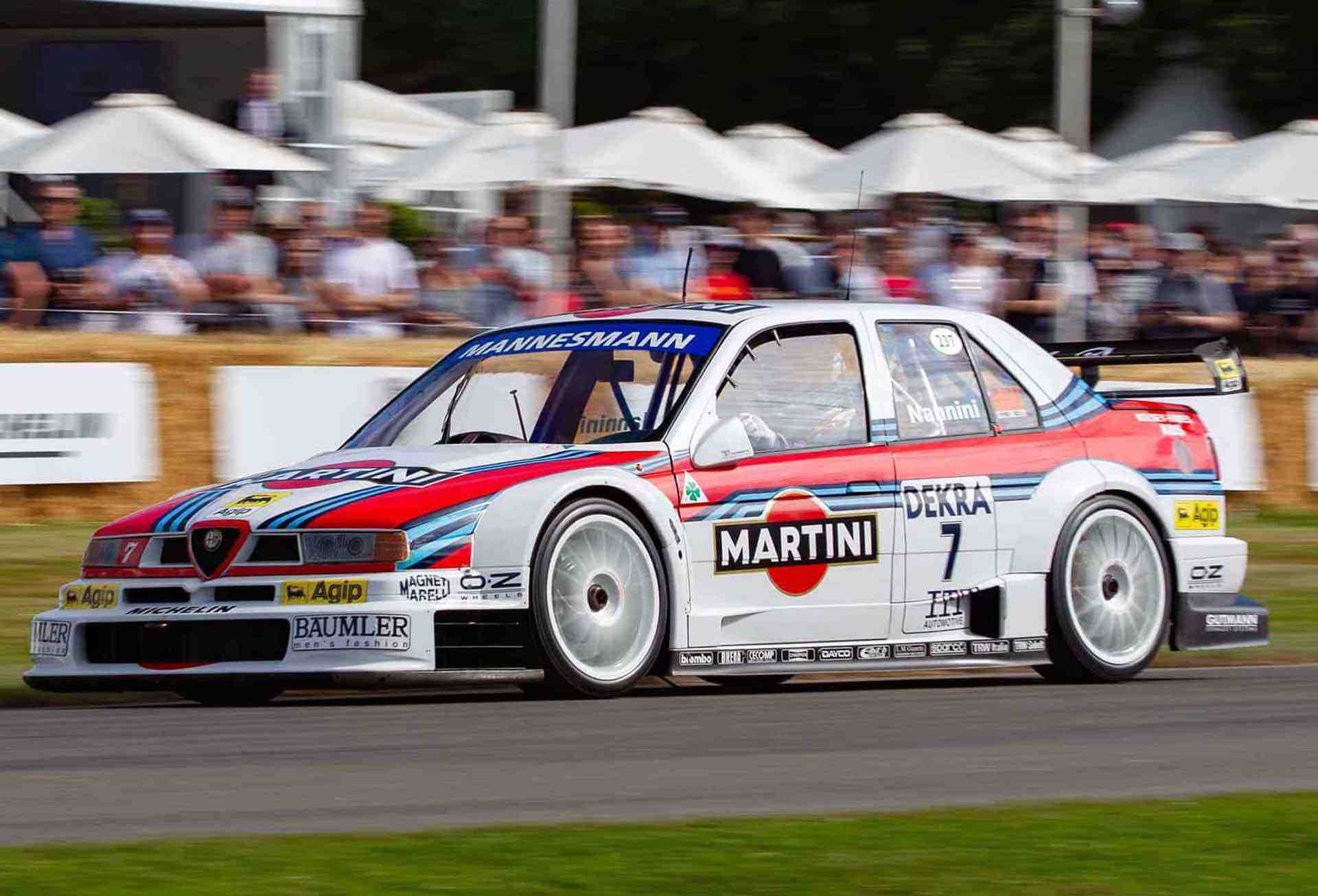
In 1993 FIA introduced Class 1 and Class 2 Touring Cars, with the former allowing a greater degree of liberty, effectively turning touring cars to silhouette racers rather than race-ready variants of their respective roadgoing counterparts. For Alfa Corse, that meant only one thing: thoroughly re-engineering the already competitive 155 sedan it campaigned in the DTM championship.
The new Alfa Romeo 155 initially got a longitudinally mounted 60° 2.5-liter V6 producing astonishing 420 horsepower at 11,500 RPM, while the power figures grew to 483 horsepower at 11,900 RPM in 1996, courtesy of a new 90° 2.5-liter V6. The all-wheel drive was sourced from none other than the Lancia Delta Integrale HF, the most dominating rally car of the era.
In 1993, Nicola Larini dominated the championship, yet himself and Alessandro Nannini had to settle for third and fourth respectively in the 1994 season. Year 1995 didn’t bring much for Alfa Romeo, and for 1996, DTM was merged into a series dubbed International Touring Car Championship with only three entries: Opel, Mercedes-Benz and Alfa Romeo.
Even though Opel won the 1996 ITC, hardly anyone remembers. The Martini-branded Alfa 155 was the car everyone remembered this series for.
Non-Rally AWD Race Car #9: Audi R18 e-tron quattro
Looking back at Audi’s touring car efforts, it seems that quattro was the only all-wheel drive system successful both in rallying and track racing. Another testament to this claim is a Le Mans-conquering R18 e-tron quattro.
The utmost evolution of the R18 LMP1 prototype, the R18 e-tron quattro was a 3.7-liter V6 diesel-hybrid in which the front wheels were driven by energy accumulated during braking. As per the regulations, the power on the front axle was available only during speeds upwards of 75 mph, meaning that the R18 e-tron quattro didn’t have permanent all-wheel drive like other cars on the list.
Still, this car is remembered for its great results. The R18 e-tron quattro won at the Le Mans in 2012, 2013 and 2014 marking the end of an era for Audi domination in the WEC championship. After Audi, Porsche had its winning streak with the equally impressive 919 Hybrid prototype.
Non-Rally AWD Race Car #10: Toyota TS050 Hybrid
Toyota’s bid to prove itself as a top contender in motorsports produced its first results in 2018, when the Japanese giant finally tasted victory at the 24 Hours of Le Mans after narrowly missing the title in 2016 and 2017. Toyota repeated its success in 2019 and 2020 as well, and the car which brought it victory was the TS050 Hybrid.
The Toyota TS050 utilized a mid-mounted 2.4-liter twin-turbocharged petrol V6 and two motor generator units—one powering the front axle and the other sending additional oomph to the rear. A combination of power, reliability and experienced crews led the TS050 Hybrid to become only the second Japanese car to win at the Le Mans, the first being Mazda 787B in 1991.
After the TS050 had its three back to back victories, Toyota claimed another Le Mans title in 2021 in the new Hypercar class with the GR010, a car with a bright future at the Circuit de la Sarthe.


